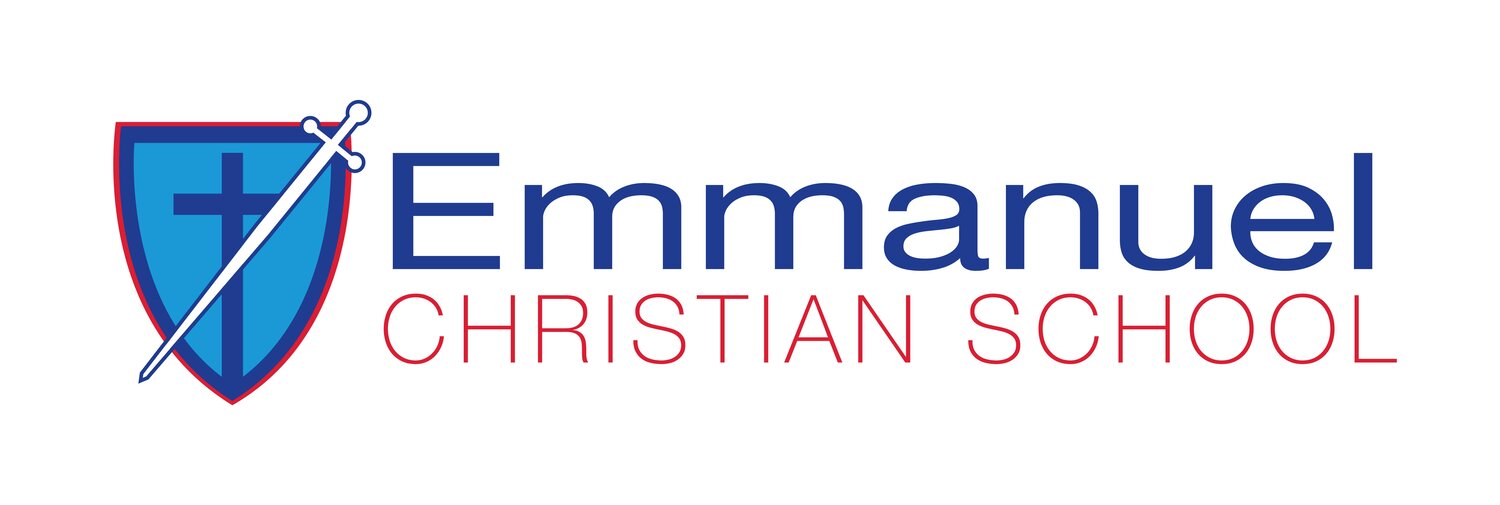Research over the past 30 years has shown that the most fundamental years in human development are from birth to age eight. Although learning takes place throughout life, in these fundamental years development matches the speed in which growth takes place.
At Emmanuel, we value learning through play and its role in holistic student development. Learning through play allows children to develop different skills needed for lifelong learning. As described in the UNICEF article, learning through play allows children to develop their cognitive skills, emotional well-being, social competence and sound physical and mental health builds a strong foundation for success well into the adult years.
“Play allows children to bring together their experiences and knowledge to help them create meaning and sense in their world. ”
Play allows children to bring together their experiences and knowledge to help them create meaning and sense in their world.
Through play, students develop their problem solving skills, learn how to deal with conflict and how to communicate with their peers in meaningful ways. These skills allow further development in a child’s resilience and ability to cope with novel situations.
Although we read many articles about the importance of play in the early years and Primary school, we need to remember that this strategy can be applied in the middle and high school years as well.
“Learning through play allows for adolescents and adults to demonstrate their learning in creative ways.”
Learning through play allows for adolescents and adults to demonstrate their learning in creative ways. Many high school teachers are now using such materials like sidewalk chalk, play doh, puppets and lego, as tools for students to demonstrate their understanding of content in lessons. Allowing students to use drama is coming across as another way for students to showcase their understanding in the classroom. As described in Edutopia, When teachers use an array of materials to encourage playing to learn, students tend to remember their learning better as they are called upon to use multisensory and self-directed means. This learning will stick with embedded reflective exercises as students consider the process of play in light of their learning. Such materials allow students to make their understanding or ideas come to life as they design by hand.
With so many tools directing students to be using technology to demonstrate their understanding, we should never underestimate the benefits shown in allowing students to learn through play and through creative modes. By using such tools students are able to develop an understanding of how they best learn and to take ownership of their learning in new and creative ways.
Laura Ferguson — Head of Primary


